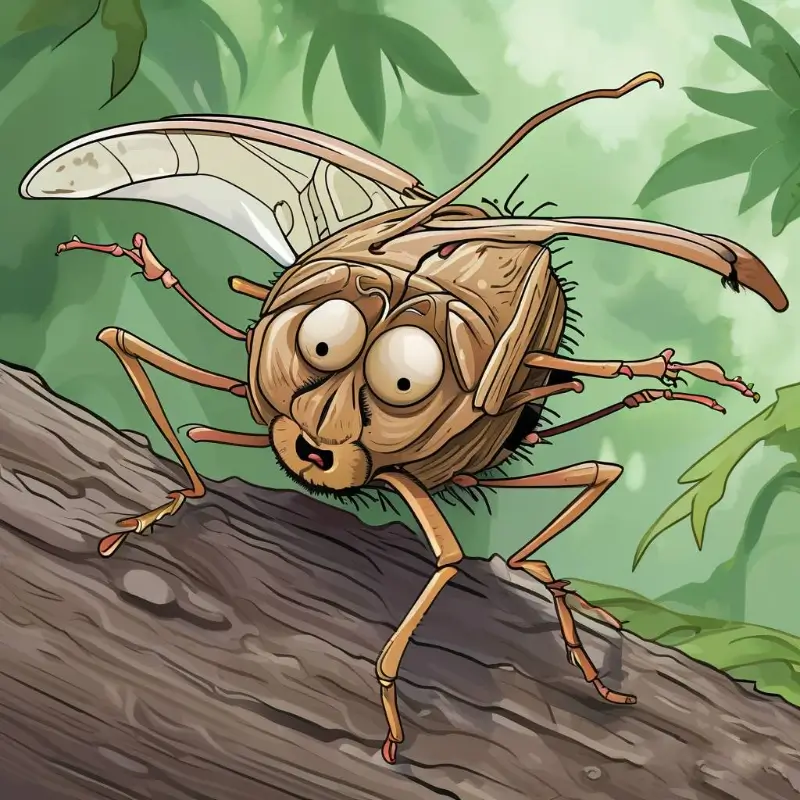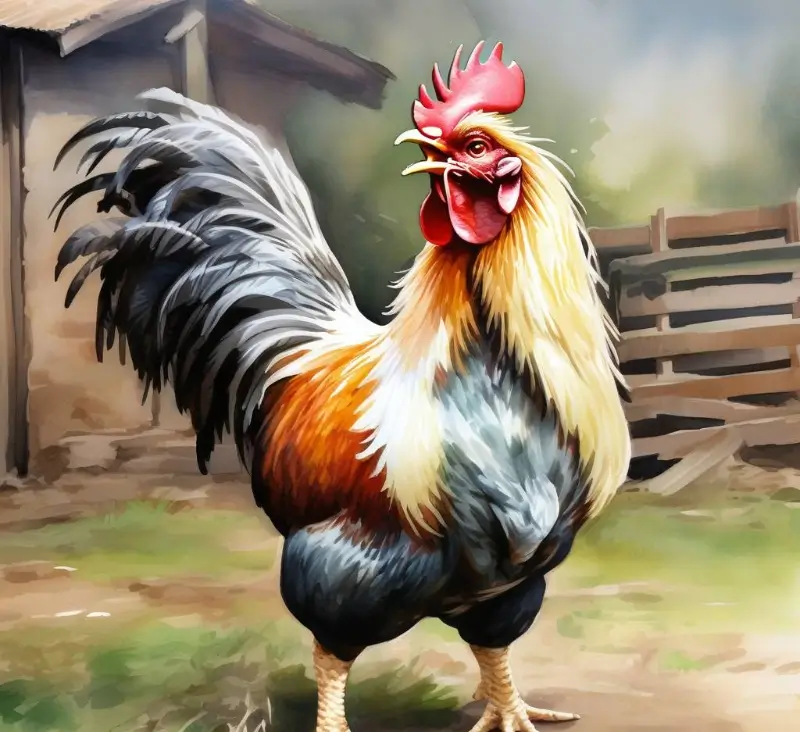why are cicadas such clumsy fliers?
Cicadas are not inherently clumsy fliers; rather, their flight characteristics are a product of their evolutionary adaptations to their lifestyle and ecological niche. Here are a few reasons why cicadas might appear to be clumsy in flight:
- Large Size and Body Structure: Cicadas have relatively large, robust bodies in proportion to their wings, which can make maneuverability more challenging. Their wings are designed for powerful, sustained flights rather than quick, agile maneuvers.
- Wing Hinging: Cicadas’ wings are hinged at the base, allowing them to fold them back over their bodies when not in use. This hinged structure is not as flexible as the articulated joints found in many other insects, which might limit the finesse of their flight.
- Loud Mating Calls: Male cicadas make very loud mating calls, which can be a challenge to do while flying. The concentration required to produce these calls can make it more difficult for them to fly proficiently, especially when they are trying to navigate towards the sounds of other cicadas for mating purposes.
- Mating Behavior: Male cicadas often fly to the sounds of other males’ calls in order to find females. This can lead to them flying towards and sometimes INTO objects, as they are more focused on the sound than their flight path.
- Emergence and Molting: After spending years underground as nymphs, cicadas undergo a molting process to become adults. This process can leave them with new, delicate wings that have not yet fully hardened and strengthened, which might affect their flight ability temporarily.
- Evolutionary Trade-offs: Evolution has made trade-offs in the abilities of cicadas. Their powerful flights are an adaptation for escaping predators and for dispersal over long distances. However, these adaptations may come at the cost of finesse in flight.
It’s important to note that while human standards might label their flight as “clumsy,” from an evolutionary perspective, cicadas’ flight is perfectly adapted to their survival and reproductive needs. Their flight behavior is a balance between the demands of their ecological role and the physical constraints of their anatomy.



